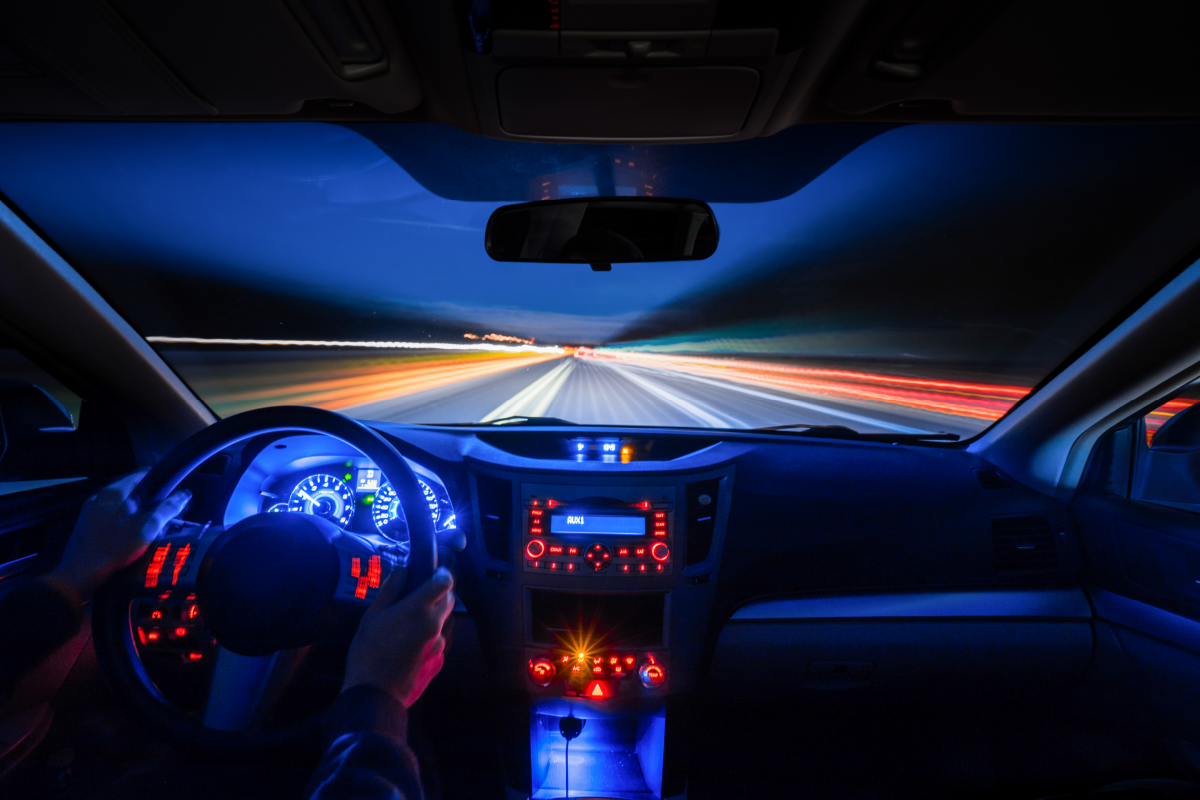What’s next for driver and occupant monitoring systems?
Driver Monitoring Systems (DMS) are making a pivotal contribution to road safety, both in commercial truck fleets and passenger cars.
These systems use a driver-facing camera to evaluate the driver’s state of alertness. If it detects fatigue or distraction, it sends a warning or alert. In partially automated vehicles, the system notifies the driver when a vehicle-initiated handover is required.
“It is now well accepted that camera-based DMS is the most appropriate way to directly track driver drowsiness and distraction and perform safe, vehicle-initiated handover in semi-autonomous cars,” concluded ABI Research analysts in a recent study of driver and in-cabin monitoring systems.
The DMS segment is poised for significant growth, thanks in part to the support of leading safety agencies. In February 2020, the National Transportation Safety Board (NTSB) in the US recommended the use of DMS as an effective means of driver engagement in SAE Level 2 vehicles. Euro NCAP recognised the importance of DMS in its revised crash-test safety standards, which starting this year require DMS for a five-star rating. By 2022, DMS will become mandatory across the European Union for M1, M2, M3, N1, N2, and N3 new vehicle categories.
Paul McGlone spoke to Automotive World about what’s next for DMS and OMS. Click here to view the article in full.

